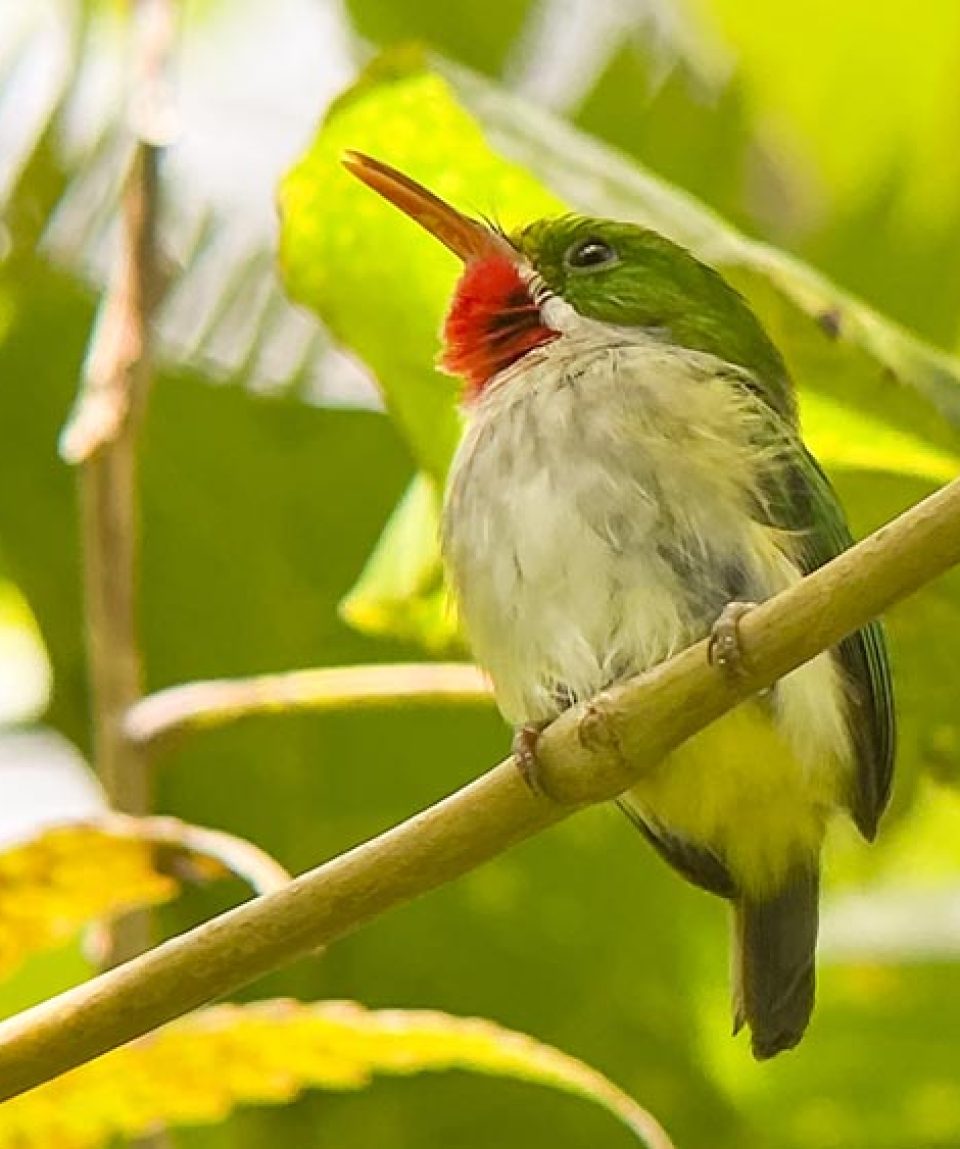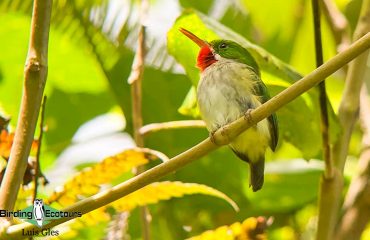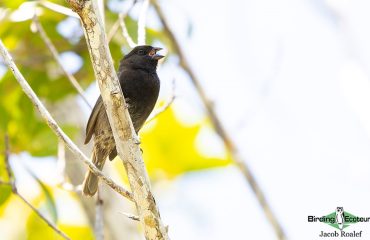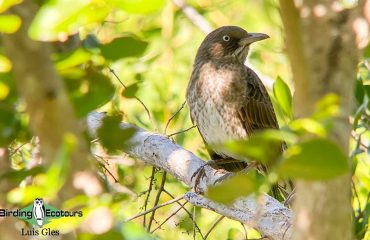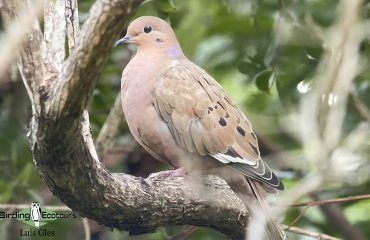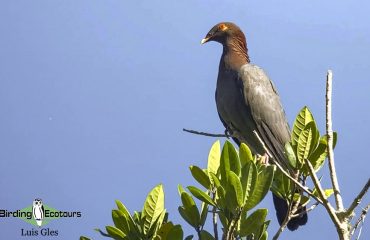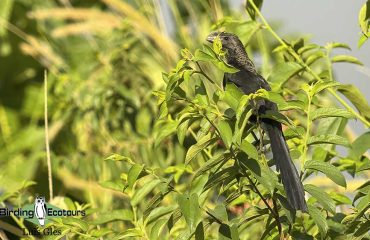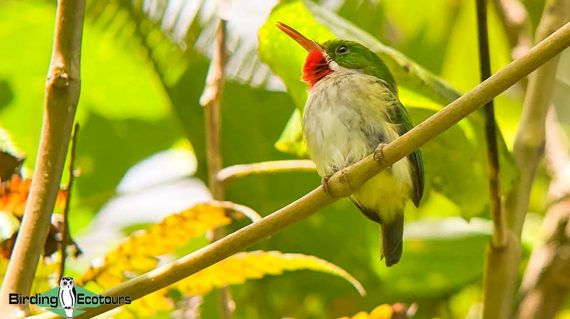
2025 Puerto Rico Escape – Endemics and Island Birding
-
Reviews 0 Reviews0/5
-
Vacation Style Holiday Type
-
Beach
-
Binoculars
-
Boat-trip
-
Hiking
-
-
Activity Level Challenging
-
Group Size Medium Group
Puerto Rico, the smallest and eastern-most island of the Greater Antilles, is full of beauty and amazing avian species. Surrounded by the gorgeous blues, turquoises, and greens of the warm Caribbean waters, this island features a multitude of habitats from highland forests to coastal wetlands. Puerto Rico is often overlooked when it comes to the larger islands in the Greater Antilles. However, this island has so much to offer! With 17 endemic bird species plus a host of other great Caribbean specials, Puerto Rico is a birder’s paradise. These amazing species include Puerto Rican Tody, Puerto Rican Owl, Puerto Rican Lizard Cuckoo, and Adelaide’s Warbler. Four of the endemics are currently red listed by the International Union for Conservation of Nature (IUCN). These include Puerto Rican Nightjar (Endangered), Yellow-shouldered Blackbird (Endangered), Elfin Woods Warbler (Endangered), and Puerto Rican Amazon (Critically Endangered).
This tour takes us on a great adventure circling the entire island of Puerto Rico. Many species are specialized in certain regions of Puerto Rico, so it is important we visit all corners and spend enough time there to target them. We will begin in San Juan in the northeast section of the island. From here we will transfer across the northern coastline and down the western edge to the more relaxed town of La Parguera, stopping at places such as Rio Abajo State Forest and Maricao Forest Reserve. We will stay here for three nights, birding this area which hosts many key species. Next, we will traverse the southern coastline into El Yunque National Forest where we will stay for the final two nights of the trip. Here we will explore the southeast and eastern reserves of the island including Humacao Nature Preserve and the small town of Fajardo. Finally, we will wrap back to San Juan for the trip’s conclusion and departure home.
We offer other great tours to the Caribbean region including Cuba, Dominican Republic, and Jamaica. All of these destinations may be combined with Puerto Rico to give a more complete exploration of the Caribbean! Please don’t hesitate to ask any questions.
Duration: 7 days
Limit: 4 – 8
Date: 29 March – 04 April 2025
Start: San Juan, Puerto Rico
End: San Juan, Puerto Rico
Price:
US$3890 per person sharing assuming 4 – 8 participants
Single supplement: US$860
We can run the same trip at a price similar to the larger group price for 2 tour participants, if they rent their own vehicle and pay for fuel – please e-mail [email protected] for details.
- Meals
- Accommodation
- Guiding fees
- Entrance fees
- All transport while on tour
- Fuel/tolls
- Flights
- Laundry
- Items of a personal nature, e.g. gifts
- Gratuities
- Day 1 Arrival in San Juan, Puerto Rico
- Day 2 Northeast to southwest – Rio Abajo State Forest and Cambalache State Forest
- Day 3 Maricao Forest Reserve and Laguna Cartagena
- Day 4 Cabo Rojo and other southwest Puerto Rico birding
- Day 5 Southern edge of Puerto Rico to El Yunque National Forest
- Day 6 Humacao Nature Preserve to Fajardo
- Day 7 Departure from San Juan

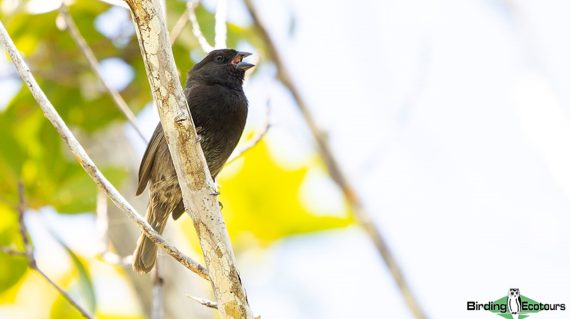
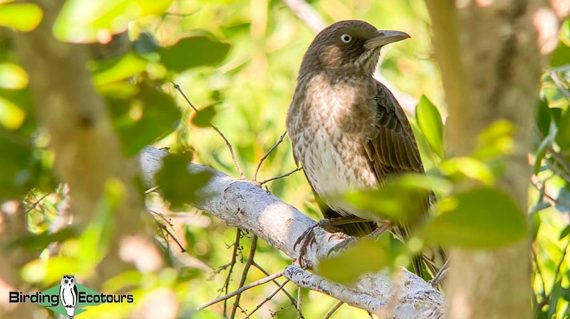
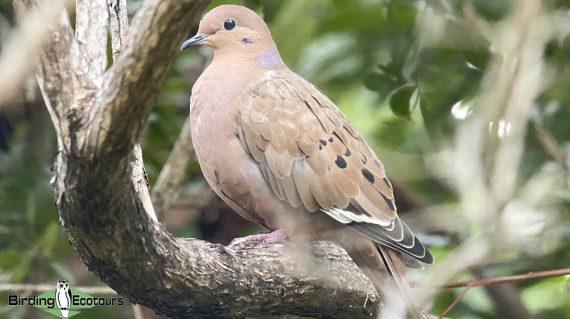
-
Will we do any birding the first day?
-
How should I dress for the tour?
-
Besides clothes, what do I need to bring?
-
What language are tours conducted in?
-
Can you help me book flights?
-
Can you book accommodation for us the night before the tour starts or the night the tour ends?
-
Do you provide trip insurance?
-
Are meals included?


